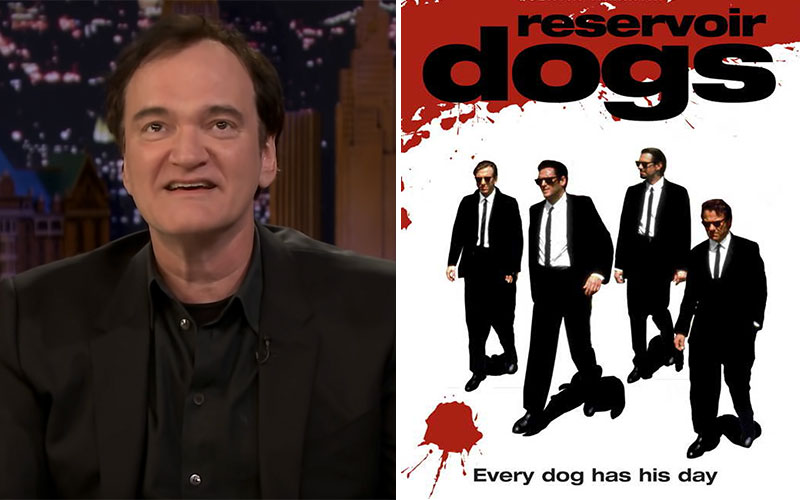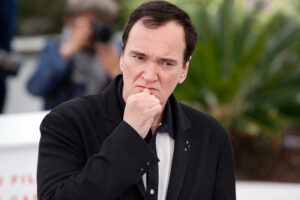
In the annals of Hollywood history, it’s not uncommon to find unexpected connections that have shaped the careers of its brightest stars. One such fascinating link exists between the beloved sitcom “The Golden Girls” and the groundbreaking filmmaker Quentin Tarantino. This seemingly minor role, however, played a pivotal part in the creation of his debut feature film, “Reservoir Dogs.”
In a interview with Jimmy Fallon, Tarantino shared the amusing story of his time on “The Golden Girls.” He revealed that before he directed “Reservoir Dogs,” he had an unsuccessful acting career. However, one of the few jobs he did land was for an Elvis impersonator on “The Golden Girls.” He didn’t get the role because of a fantastic audition, but simply because they saw his picture and said, “He’s got it.”

Tarantino was into Elvis at the time, and he walked around dressed like Elvis in the ’80s. He even got his hair cut at a rockabilly place by the same people who styled the hair of the Stray Cats and The Blasters. His Elvis impersonator role was for Sophia’s wedding episode, which became a two-part “Golden Girls” episode. Tarantino was paid residuals for both parts, and the episode was so popular that it was included in a “Best of ‘The Golden Girls'” compilation, earning him even more residuals.
“It became a two-part Golden Girls, so I got paid residuals for both parts,” he said. “And it was so popular they put it on a best of The Golden Girls and I got residuals every time that showed. So I got paid maybe, I don’t know, $650 for that episode, but by the time the residuals were over three years later, I made like $3,000.”
The money and residuals he earned from “The Golden Girls” kept him going during the pre-production for “Reservoir Dogs.” In a way, we have “The Golden Girls” to thank for “Reservoir Dogs.”
“Reservoir Dogs,” was instrumental in launching his career as a renowned filmmaker. Released in 1992, the film was a critical success that introduced Quentin Tarantino’s unique style to the world, gained him recognition within the industry, and established themes and styles that would become hallmarks of his work.










Leave a Reply